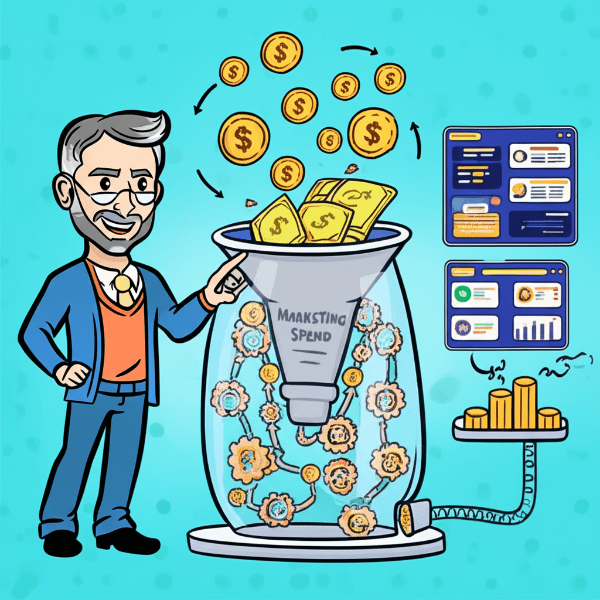Definition: Multi-device marketing is a strategy that ensures your brand’s message, content, and ads reach customers seamlessly across different devices—such as smartphones, tablets, laptops, and smart TVs. Since people switch between devices constantly throughout the day, multi-device marketing makes sure the customer experience stays consistent and connected, no matter which screen they’re using.
Use it in a Sentence: The retailer used multi-device marketing to show ads on mobile, follow up with email on desktop, and retarget customers later on their smart TV apps.
Why Multi-Device Marketing is Important
1. Matches Real Customer Behaviour
Most consumers use multiple devices before making a purchase. Multi-device marketing ensures your brand stays visible at every step of that journey.

2. Creates Consistent Experiences
Whether someone engages with your brand on mobile or desktop, multi-device marketing makes sure the look, feel, and message stay the same.
3. Boosts Conversions
By following customers across screens, you can remind them of abandoned carts, deliver timely offers, and make it easier to complete a purchase on whichever device they prefer.
4. Improves Tracking and Insights
Multi-device marketing shows how customers move between platforms, giving you better data on attribution and helping refine campaigns.
One Customer, Many Screens
Multi-device marketing recognises that people don’t stick to a single device anymore. By connecting the dots across mobile, desktop, and beyond, businesses can deliver smooth, personalised experiences that drive higher engagement and sales.
More Definitions
(From the Sales & Marketing Jargon Encyclopedia)
- Conversion Tracking: The method of measuring when users complete specific goals—like purchases, sign-ups, or downloads—so you can evaluate the success of your marketing efforts.
- Link Juice: The SEO value or authority passed through hyperlinks to boost search rankings.
- One and Done: A sales or marketing approach that lacks follow-up or nurturing—often ineffective.
- SMS Marketing: What is SMS marketing? Discover how to use text message campaigns.
- Brand Consistency: Maintaining a uniform message and look across all marketing channels.
Useful Posts
(From the Sales Funnel Professor Blog)
- The Core Components of a Winning Marketing Strategy: An outline of the essential elements needed to plan, execute, and achieve successful marketing outcomes.























